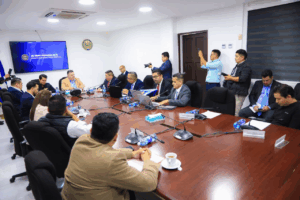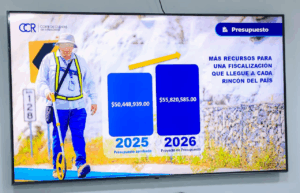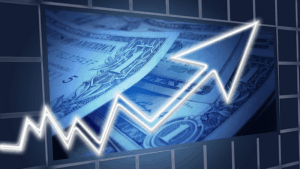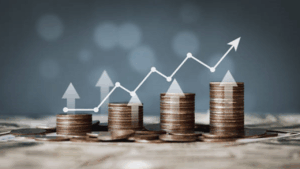The salvadoran economy recorded a negative change in its General Price Index (IGP) during june 2025. The Banco Central de Reserva (BCR) reported that this indicator stood at 130.86 points, with a change of -0.17%, highlighting the country’s resilience and inflation control.
This decline in consumer prices positions El Salvador as a benchmark for stability in the Central American region. The figure contrasts favorably with the general year-on-year inflation trend observed in most of its neighbors, consolidating confidence in the national economic management.
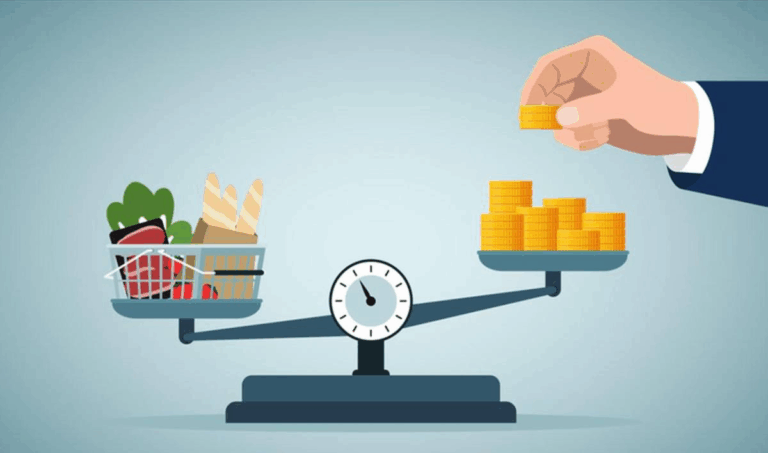
According to the Consejo Monetario Centroamericano (SECMCA), year-on-year inflation in the Central America and Dominican Republic (CARD) region reached 2.08% in June 2025. This figure represents a decrease of one percentage point compared to the same period last year, indicating a regional slowdown.
Within this regional context, El Salvador stands out with a year-on-year inflation rate of -0.18%, one of the countries with the lowest rate. Costa Rica also showed a negative variation of -0.22%, while other countries such as Honduras (4.67%) and the Dominican Republic (3.56%) experienced more significant increases.
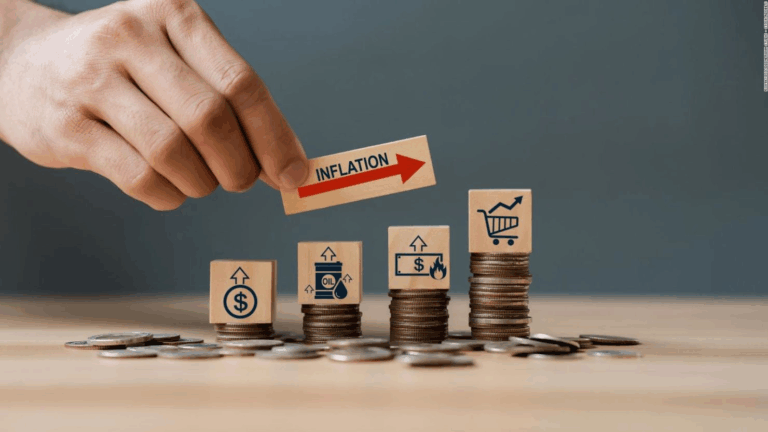
Guatemala recorded year-on-year inflation of 1.78%, and Nicaragua, 0.89%, showing more controlled figures. At the cumulative level, regional inflation stood at 1.15%, underscoring the importance of the monetary policies implemented by central banks in maintaining economic stability.
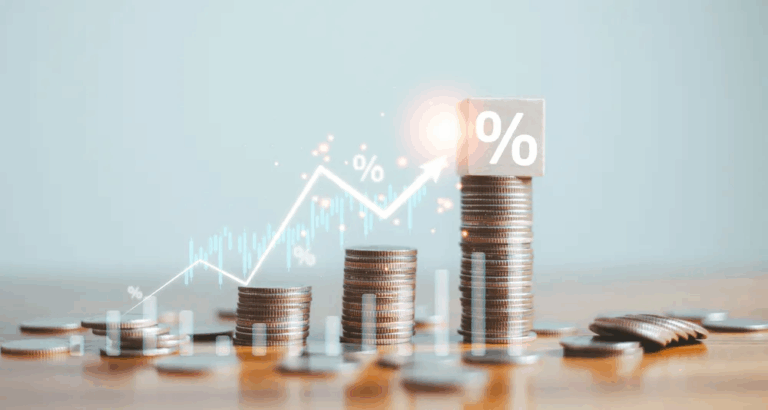
These results reinforce El Salvador’s image as a country with sound economic management, attracting the attention of investors and fostering an environment of certainty for business development and the quality of life of its citizens. Price stability is crucial for sustained growth.


